Markov Chain Monte Carlo and model fitting
Bayesian Data Analysis in Python

Michal Oleszak
Machine Learning Engineer
Bayesian data analysis in production
- Grid approximation: inconvenient with many parameters
- Sampling from known posterior: requires conjugate priors
- Markov Chain Monte Carlo (MCMC): sampling from unknown posterior!
Monte Carlo
- Approximating some quantity by generating random numbers
- From the formula, $\pi r^2 \simeq 78.5$
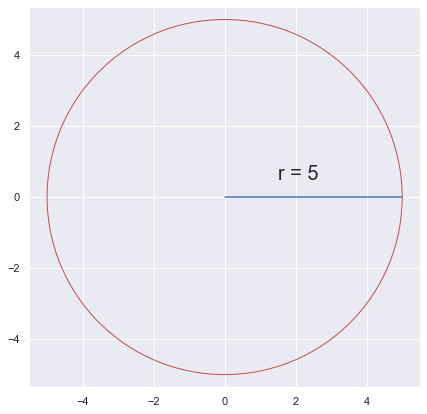
Monte Carlo
- Approximating some quantity by generating random numbers
- From the formula, $\pi r^2 \simeq 78.5$
- Draw a 10x10 square around the circle.
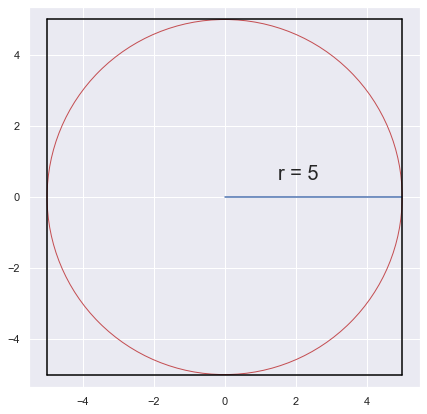
Monte Carlo
- Approximating some quantity by generating random numbers
- From the formula, $\pi r^2 \simeq 78.5$
- Draw a 10x10 square around the circle.
- Sample 25 random points in the square.
- How many are within the circle? $19/25=76\%$
- Circle's area approximation: 76% * 100 = 76
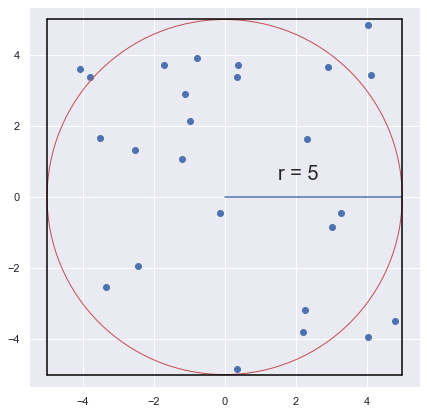
Markov Chains
- Models a sequence of states, between which one transitions with given probabilities.
Markov Chains
- Models a sequence of states, between which one transitions with given probabilities.
What will the bear do next:
| hunt | eat | sleep | |
|---|---|---|---|
| hunt | 0.1 | 0.8 | 0.1 |
| eat | 0.05 | 0.4 | 0.55 |
| sleep | 0.8 | 0.15 | 0.05 |
- After many time periods, transition probabilities become the same no matter where we started.
Markov Chains
- Models a sequence of states, between which one transitions with given probabilities.
What will the bear do next:
| hunt | eat | sleep | |
|---|---|---|---|
| hunt | 0.1 | 0.8 | 0.1 |
| eat | 0.05 | 0.4 | 0.55 |
| sleep | 0.8 | 0.15 | 0.05 |
- After many time periods, transition probabilities become the same no matter where we started.
What will the bear do in a distant future:
| hunt | eat | sleep | |
|---|---|---|---|
| hunt | 0.28 | 0.44 | 0.28 |
| eat | 0.28 | 0.44 | 0.28 |
| sleep | 0.28 | 0.44 | 0.28 |
Markov Chain Monte Carlo
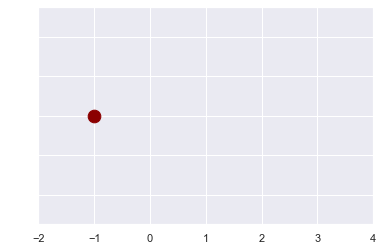
Markov Chain Monte Carlo
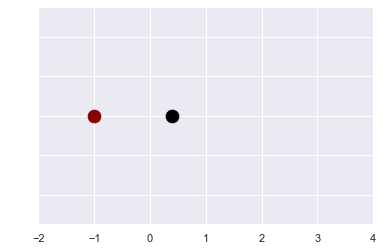
Markov Chain Monte Carlo
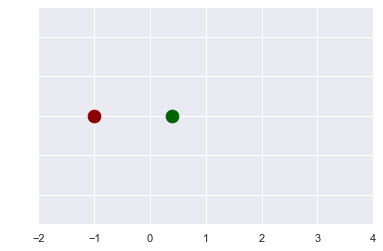
Markov Chain Monte Carlo
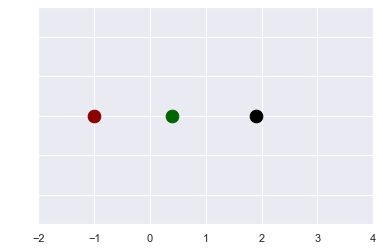
Markov Chain Monte Carlo
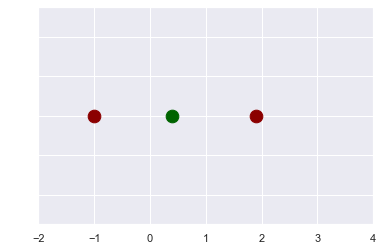
Markov Chain Monte Carlo
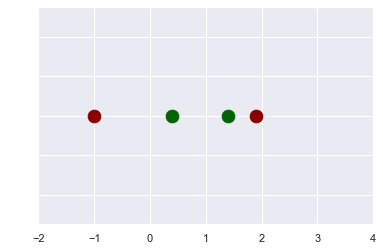
Markov Chain Monte Carlo
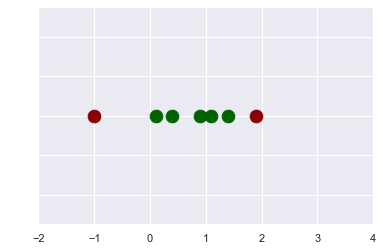
Markov Chain Monte Carlo
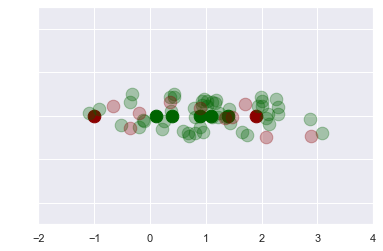
Aggregated ads data
print(ads_aggregated)
date clothes_banners_shown sneakers_banners_shown num_clicks
0 2019-01-01 20 18 2
1 2019-01-02 24 19 8
2 2019-01-03 20 20 5
.. ... ... ... ...
148 2019-05-29 24 25 8
149 2019-05-30 26 27 11
150 2019-05-31 26 24 8
[151 rows x 4 columns]
Linear regression with pyMC3
formula = "num_clicks ~ clothes_banners_shown + sneakers_banners_shown"with pm.Model() as model: pm.GLM.from_formula(formula, data=ads_aggregated)# Print model specification print(model)# Sample posterior draws trace = pm.sample(draws=1000, tune=500)

Let's practice MCMC!
Bayesian Data Analysis in Python

